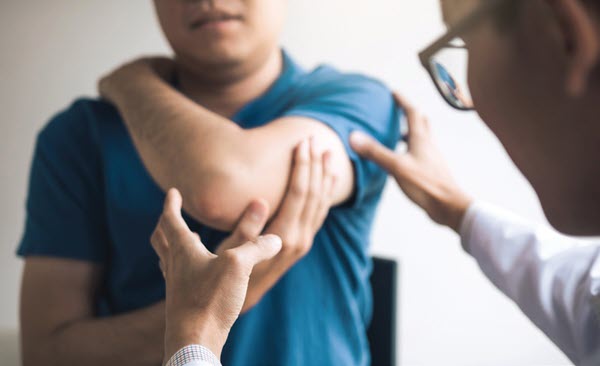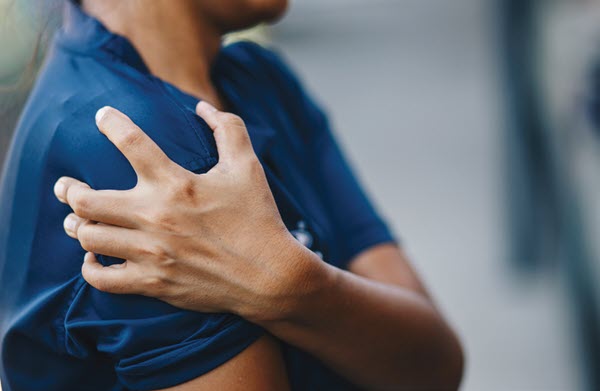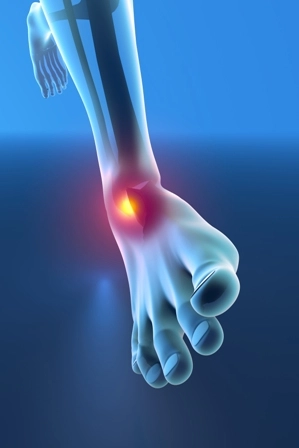Scope Reason for Procedure to Use These Codes Correctly
Some require debridement; others call for surgery past debridement. When a patient reports to the surgeon for an arthroscopic procedure, the amount of coding choices can overwhelm and/or confuse even the most seasoned coder. Attendees to HEALTHCON 2023 got a master class in all things arthroscopic from Jessyka Burke, BHSA, CPC, COSC, CASCC. During her presentation “Unraveling the Complexities of Arthroscopic Procedures of the Shoulder, Hip, and Knee,” Burke ran through scope procedures for shoulders and more. Check out this primer on coding repairs for labral tears and lesions, and a couple of other shoulder scope surgeries aimed at getting your patient on the road to recovery. Opt for This Code Pair for SLAP, Bankart Lesions Tears — which are also referred to as lesions in these injuries — in the labrum will often prompt your surgeon to opt for an arthroscopic procedure. These codes could mark a debridement or surgical repair beyond debridement. SLAP lesion: SLAP — or superior labrum anterior to posterior — lesions involve a tear on the superior labrum with involvement of the biceps tendon anchor site on the labrum. Report surgical repair of SLAP lesions with 29807 (Arthroscopy, shoulder, surgical; repair of SLAP lesion). Bankart lesion: These lesions involve a tear in the lower rim of the labrum. Repairs are coded with 29806 (… capsulorrhaphy). Capsulorrhaphy procedures are done to treat shoulder instability typically caused by a defective or loose capsule. Example: In the hospital setting, the orthopedist sees a patient with a right shoulder injury. After ordering a complete shoulder X-ray to rule out fracture and magnetic resonance imaging (MRI) with contrast material to pinpoint the location of the injury, the surgeon identifies a SLAP lesion in the patient’s right shoulder. They then repair the defect. On the claim, you’d report: Know SLAP Lesion Types If the patient suffers from a SLAP lesion, there are four distinct types: I, II, III, and IV. Each tear has its own characteristics, and there are different coding routes for repair of each type of tear. Type I: A type I SLAP lesion is “frayed and degenerative, but remains intact to the glenoid; biceps anchor is also intact,” explained Burke. Type I tears require debridement to repair, which you’d report with 29822 (Arthroscopy, shoulder, surgical; debridement, limited, 1 or 2 discrete structures (eg, humeral bone, humeral articular cartilage, glenoid bone, glenoid articular cartilage, biceps tendon, biceps anchor complex, labrum, articular capsule, articular side of the rotator cuff, bursal side of the rotator cuff, subacromial bursa, foreign body[ies])) or 29823 (… debridement, extensive, 3 or more discrete structures (eg, humeral bone, humeral articular cartilage, glenoid bone, glenoid articular cartilage, biceps tendon, biceps anchor complex, labrum, articular capsule, articular side of the rotator cuff, bursal side of the rotator cuff, subacromial bursa, foreign body[ies])). Discrete structures, as described in codes 29822 and 29823, are: Type II: Type II SLAP lesions involve “detachment of labrum and biceps anchor from superior glenoid,” said Burke. Type II tears require surgical repair beyond debridement, which you’d report with 29807. Type III: Type III SLAP lesions involve the “labrum torn away, but biceps anchor and remaining labrum are still attached to glenoid,” Burke explained. Type III repairs could require debridement only or surgical repair beyond debridement, which you’d report with 29822/29823 or 29807, respectively. Type IV: Type IV SLAP lesions involve a “bucket handle tear of labrum that extends into biceps anchor,” according to Burke. Type IV tears require surgical repair beyond debridement, which you’d report with 29807. Example: In the hospital setting, the orthopedist sees a patient with a left shoulder injury. After ordering a complete shoulder X-ray to rule out fracture and magnetic resonance imaging (MRI) with contrast material to pinpoint the location of the injury, the surgeon identifies a type I SLAP lesion to the left labrum. They then repair the tear, which involves one discrete structure in the shoulder. On the claim, you’d report: Report FBR With 29819 The orthopedist might also perform shoulder foreign body removal (FBR) or synovectomy to treat the patient’s shoulder injury, Burke added. For shoulder FBRs, you’ll report 29819 (… with removal of loose body or foreign body). The FB must be removed through an incision after the portal is enlarged, Burke said. For synovectomy, choose between 29820 (… synovectomy, partial) and 29821 (… synovectomy, complete). Use 29820 for limited synovitis treatment; the procedure will occur on the front or back of the shoulder/plica on partial synovectomy, Burke stressed. Report 29821 when the surgeon performs synovectomy on the front and back of the shoulder. This means that to report 29821, the surgeon must remove the entire intraarticular synovium. Example: In the hospital setting, the orthopedist sees a patient with a left shoulder injury. After ordering a complete shoulder X-ray to rule out fracture and magnetic resonance imaging (MRI) with contrast material to pinpoint the location of the injury, the surgeon identifies a foreign body in the patient’s left shoulder. They then perform FBR. On the claim, you’d report: 





